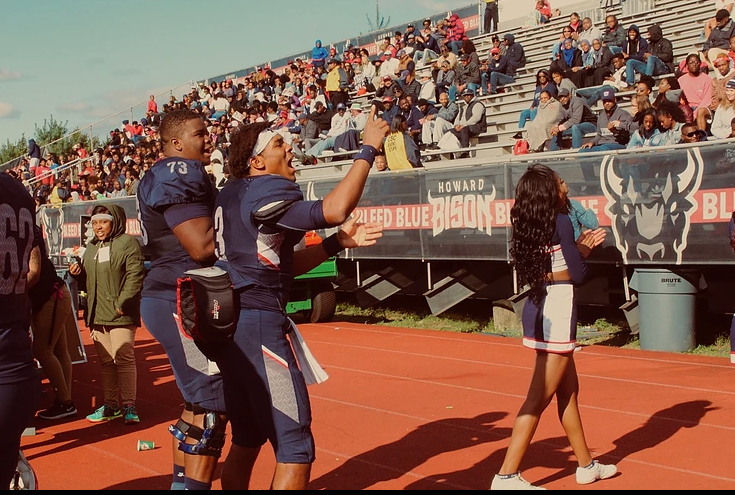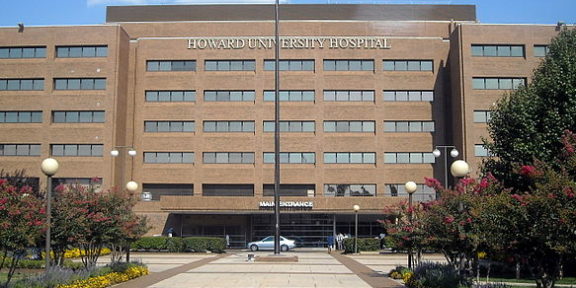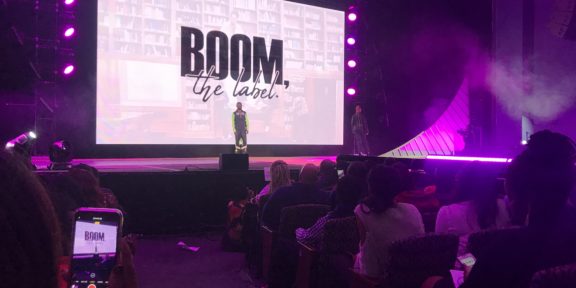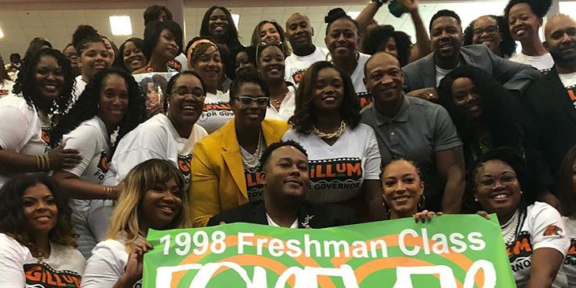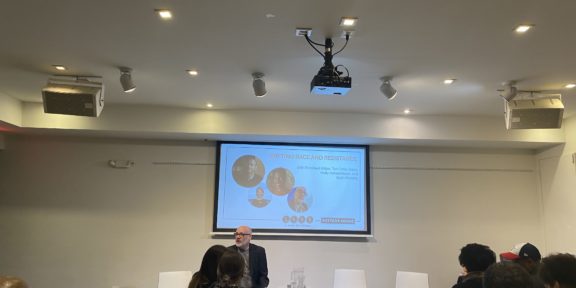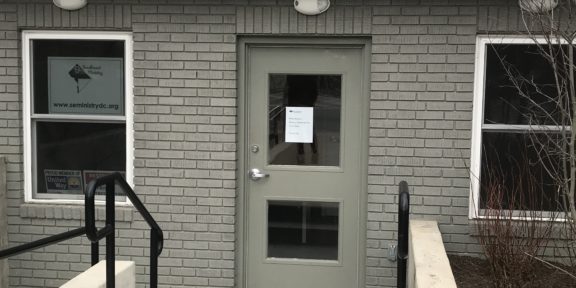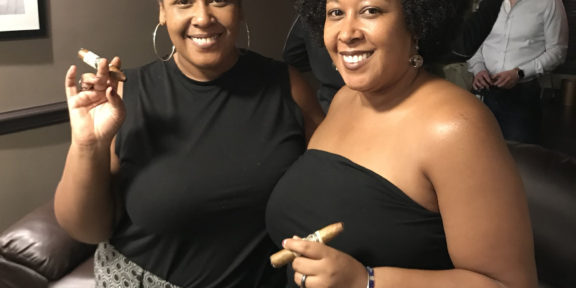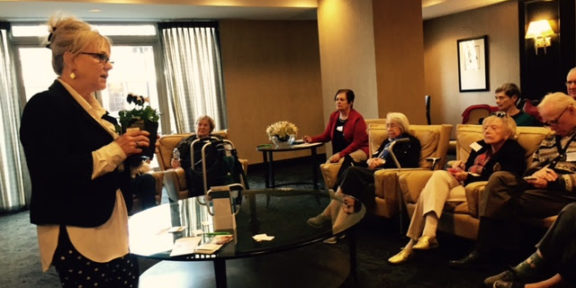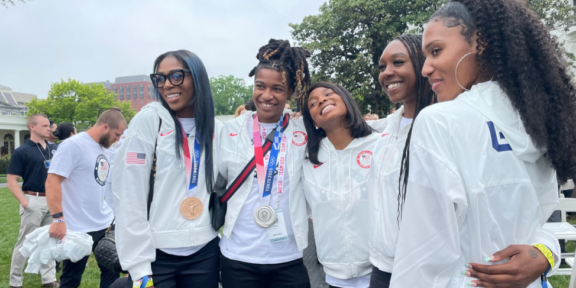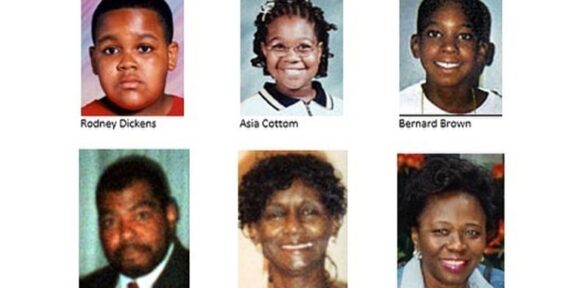Brianna Nargiso, Howard University News Service
Organized in 1862, Livingston College became the first historically black college to establish a football program for its students.
December 27,1862 would be the first intercollegiate game the Livingston program had against Biddle College now named Johnson C. Smith University. Due to the weather, the game was played in the snow but athletes, excited for the opportunity persisted and set the tone for the grit to come of Historically Black College and University (HBCU) football programs across the country.
Forty-four years later in 1906, the National Collegiate Athletic Association (NCAA) was founded to unify college sports while organizing conferences for teams and sponsoring athletic games, competitions and championships for all sports. This way, instead of college athletic teams crafting schedules on their own, there was now a larger party that separates teams into divisions based on school size and athletic team budgets. Typically, the lower the division, the more competitive and recognized. With division classifications came division conferences grouping schools together to create competitive season schedules.
However, it was not until the late 1900s when HBCUs and Predominantly White Institutions (PWIs) started to compete in football games against each other. Once this became a norm, HBCUs were able to be a part of the NCAA, before than most black schools played against other black schools.
Most HBCUs with football programs recognized by the NCAA participate in one of four conferences, the Mid-Eastern Athletic Conference (MEAC), the Southwestern Athletic Conference (SWAC), the Southern Intercollegiate Athletic Conference (SIAC) and the Central Intercollegiate Athletic Association (CIAA).
While it is not explicitly clear how conferences in the NCAA are grouped, it is widely believed that the most important factors lie in the school location, program size and resources. However, because many HBCUs are historically disadvantaged, their programs may not attract as much attention as a PWI program would. When analyzing the biggest program differences separating HBCUs from PWIs, it boils down to the HBCU struggle to build top tier athletic programs due to a lack of resources, coaching culture and player status and notoriety.
Resources
Linda Emma, the author of The Importance of College Athletic Programs to Universities wrote in her article that “college athletics programs represent a multi-billion-dollar industry and are integrally linked to school branding and reputation.”
“While individual sports programs — even in Division I schools — don’t necessarily turn a profit, the many other benefits to colleges have far-reaching implications for students, faculty and community. Athletics programs drive enrollment and heighten college profiles, often resulting in financial windfalls for the institutions that happen far away from fields and arenas,” said Emma.
However, for athletic programs to build the attraction, community support and fan base; the athletic program must be result driven. In order to drive success and a fan base, resources must exist and for best results exists in surplus.
When developing a top-tier program resources are paramount and come in variety. Monetary grants, private investments and program sponsorships are some of the most popular ways schools receive “outside” money to fund the access and upkeep of on campus gymnasiums and work out facilities.
In collegiate sports, “outside” money refers to game ticket sales, fundraising, monetary grants, gifts, donations and program investments that do not come directly from the government or the school itself. On the other hand, “inside” money refers to money given to the school by the NCAA for recruiting, athlete scholarships, the money allotted to the school through the federal government, state government or local government.
According to Donald Hill-Eley, head football coach at Alabama State, an HBCU, resources given to HBCUs are significantly less than those given to “million-dollar” football programs by alumni and various sponsorships increasing access to athletic resources.
In a collegiate athletic program analysis conducted by ESPN, researchers found that schools with major football programs drew in millions of dollars in revenue yearly because of how well known their schools football programs were.
“The Outside the Lines analysis examined eight years of revenue and expense data from all Division I/Football Bowl Subdivision schools. On average, Power Five and Group of Five schools each saw about 50 percent increases in net revenue during the eight-year period. But half of the revenue for public school athletic departments in the Group of Five came from student fees, university subsidies and state or local governments, even in the face shrinking state budgets. For Power Five schools — those in the SEC, Big 10, ACC, Big 12 and Pac-12 — subsidized sources made up just 5 percent of their budgets,” concluded the analysis.
During the 2014-2015 fiscal year, Texas A&M University, a PWI, ranked highest at nearly $193 million. The 10 highest ranked were all state schools, all PWIs which receive extensive funding from the NCAA, local, state and federal governments and large outside donations. The money accumulated for athletic spending has resulted in extremely up-to-date facilities for athletes.
For most HBCUs, especially those that are private, athletic directors rely more heavily on school appropriated athletic funds, donations and community sponsorships.
According to Earl Hilton, the athletic director at North Carolina Agricultural and Technological University (NCAT), resources make a difference.
“Resources play into every narrative – we do not have many problems that money would not solve,” he said.
The ESPN study also showed that NCAT appeared in their findings solely due to the donations for the expansion of their football field, not because their ticket sales are raking in millions or because jersey sales are rising.
If resources were equally poured into each institution’s athletic department, HBCUs would have more access to on-campus workout centers, high quality gymnasiums, fields and stadiums. They would also have access to sponsored companies that help fund game uniforms, practice uniforms, sports pads, sports gear and necessities such as game and practice balls.
Research shows that without the help of these outside resources, program directors wouldn’t have to exhaust all of their athletic budget rationing between necessary supplements, functioning workout rooms, updated uniforms or quality equipment. The lack of funding reflects on the expectations of their athletes, competitive send of their athlete which impacts their season records ultimately impacting fan base, game turn out and media coverage.
When asked what sseparates the trajectory of HBCU athletic programs and top PWI athletic programs, Willie Simmons, head football coach at Florida A&M University (FAMU) said the only thing that separates HBCU football programs and PWI programs is money.
“One simple word. MONEY! The revenue generated from conference and television distributions as well as private giving creates a huge gap between Power 5 conference members and even many Group of 5 mid-major conference members,” he said.
While their football program still struggles in measuring up to a larger state school like Texas A&M, their resources put them higher than those HBCUs without the extra money like such as Howard University, Hampton University, Morgan State University and Bethune Cookman among others who scramble for resources that may be considered the basic needs at larger, well-funded schools.
“I don’t think there are many differences between athletes at the Div. I Football Championship Subdivision (FCS) level, regardless of whether it’s a PWI or HBCU. I think the upper echelon HBCU teams can compete with many of our PWI counterparts. The difference comes when you start bringing the Div. I Football Bowl Subdivision (FBS) athletes into the conversation. Naturally those institutions have larger athletic budgets, more scholarships, more coaches, more staffing in the areas of strength and conditioning and sports medicine, etc., so they have a competitive recruiting advantage over HBCU’s who access to those amenities don’t have,” said Simmons.
Coaching
Coaching is also another factor that some say separates HBCUs football programs being as strong as PWIs.
For coaches like Ed Orgeron from Louisiana State, Dabo Swinney from Clemson, Urban Meyer from Ohio State or Nick Saban from Alabama this task may not be as challenging when the athletic departments at the school have access to millions of dollars to test out new methods, work through new plays and bring in several new coaching staff to assist in yearly transitions.
At HBCUs most football coaches are offered short window contracts that expect team turnovers within a year or two. For example, Howard University has had three new coaching staffs in the course of four years. Similarly, many HBCUs have struggled with keeping an effective coaching staff.
With the significant shifts in coaching staff there appears to be no consistency in coaching culture at many HBCUs, as there was with former star HBCU coaches Jake Gaither and Eddie Robinson who brought notoriety to their schools. These coaches made many black football stars want to attend HBCUs where they were supported academically and noticed across the country athletically.
Gaither, the head football coach at Florida A&M University (FAMU) coached from 1945 to 1969. Gaither was the coach of the FAMU football team when they played their first football game against a white school in the south in 1969. Playing against the University of Tampa, Gaither showed in the midst of the civil rights movement that black athletes could compete at the same, if not a higher level than white football programs.
With the success of FAMU against Tampa, Gaither became widely recognized as one of the best HBCU coaches in history. However, the athletic program still struggled with many of the issues HBCU football programs still face.
During his 25 years of coaching, Gaither accumulated 203 wins, 36 defeats, and 4 ties for a winning percentage of .844, the highest for any college coach of his time, according to Gaither’s biography on his website. Gaither led his team to six Negro Collegiate Football Championships and had 42 athletes go on to play in the NFL.
Similar to Gaither, Robinson, was the former head football coach of Grambling State from 1941 to 1997. Robinson earned 408 college victories and set the record for highest wins of a NCAA Division 1 school.
According to many NFL athletes who came from HBCUs it was the coaching culture that motivated them and ultimately led them to becoming the athletes they were in the NFL.
Doug Williams, now a Washington Redskins executive attributed his success to the experience he had both at Grambling State and the influence of his coach- Eddie Robinson. When Williams founded his non-profit organization, Black College Football Hall of Fame, both Gaither and Robinson were the first HBCU coaches to be inducted for their dedication to the sport and HBCU athletes.
Today, because of the lack of stability in the coaching staff at many HBCUs, there is no steady room for growth and adjustment.
Players
One of the issues that many HBCU athletic programs also face is not being able to effectively recruit top football prospects when they are also being offered scholarships from top schools with more resources.
“We just can’t compete with that,” said Hill-Eley, head football coach of Alabama State, referring to the resources at many HBCUs in comparison to the football programs at PWIs.
Jemele Hill, former ESPN sports journalist, pointed to the marked differences in resources between PWIs and HBCUs in her article It’s Time for Black Athletes to Leave White Colleges.
“Beyond sports, the average HBCU endowment is only one-eighth that of the average predominantly white school; taken together, all of the HBCU endowments combined make up less than a tenth of Harvard’s,” said Hill.
These financial disparities greatly influence the experiences of players. It affects their access to diet specific foods, workout facilities, class availability that complies with athlete programming, athletic apparel said Hill-Eley.
He continued: “I only wish I could give my players half of that stuff,” said Hill-Eley.
William C. Rhoden, author of Forty Million Dollar Slaves argues that black athletes that come from low income communities are enticed by big sports programs at colleges and are then disconnected from their roots, exploited and profited from by major white schools.
“The reason black athletes today don’t choose FAMU over Oregon, or Hampton over Duke, is obvious: Their chances of making it to the pros as a high draft pick, and of winning lucrative endorsement deals, are enhanced by going to the predominantly white schools that sit atop the college-sports world,” said Hill.
She continued: “Even for the majority of players, whose prospects of a professional sports career are remote, the lure of playing in championships—in giant stadiums with luxurious training facilities, in front of millions of television viewers—is strong.”
For players aspiring to play professionally, the cons of HBCU athletic programs may outweigh the pros, influencing their decision on which university to commit to.
In recent years, “facilities and perceived lack of media coverage are probably the two most significant impediments for top athletes – it is hard to turn down an offer from Alabama to play at an HBCU, even if you know that you will get more and better attention and support at an HBCU,” said Hilton.

